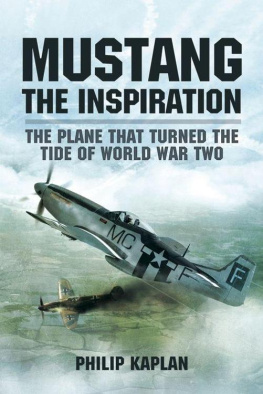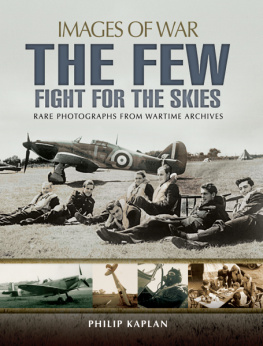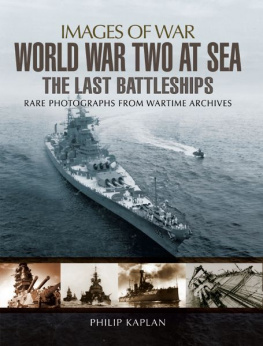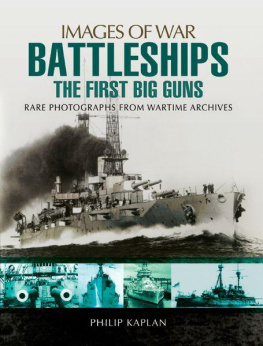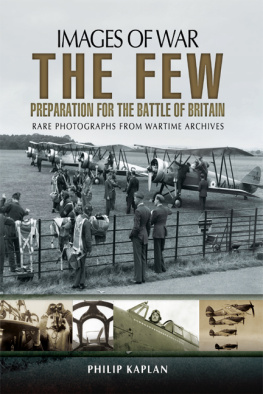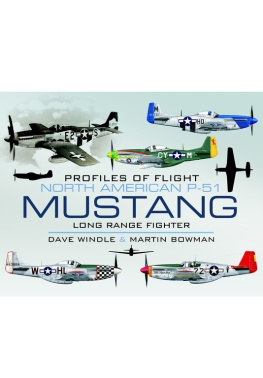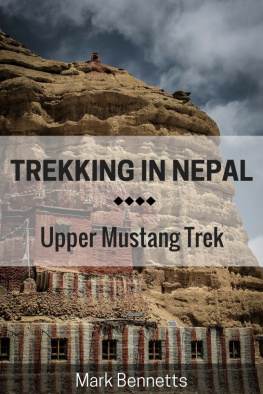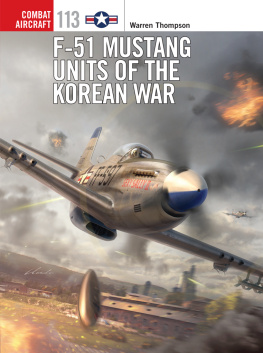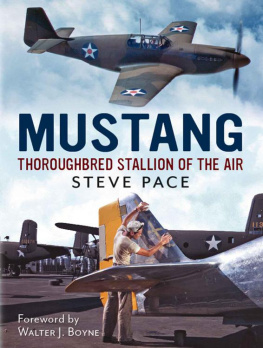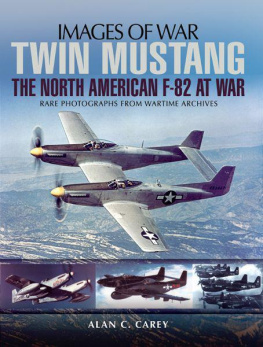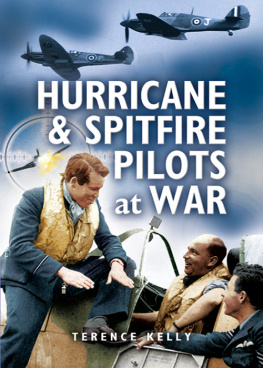FOR TA AND GILLIAN
First published in Great Britain in 2013 by
PEN & SWORD AVIATION
An imprint of
Pen & Sword Books Ltd
47 Church Street
Barnsley
South Yorkshire
S70 2AS
Copyright Philip Kaplan, 2013
9781783830077
The right of Philip Kaplan to be identified as Author of this work
has been asserted by him in accordance with the Copyright,
Designs and Patents Act 1988.
A CIP catalogue record for this book is
available from the British Library
All rights reserved. No part of this book may be reproduced or transmitted in
any form or by any means, electronic or mechanical including photocopying,
recording or by any information storage and retrieval system,
without permission from the Publisher in writing.
Printed and bound in the UK by MPG
Pen & Sword Books Ltd incorporates the Imprints of Pen & Sword Aviation,
Pen & Sword Family History, Pen & Sword Maritime, Pen & Sword Military,
Pen & Sword Discovery, Pen & Sword Politics, Pen & Sword Atlas,
Pen & Sword Archaeology, Wharncliffe Local History, Wharncliffe True Crime,
Wharncliffe Transport, Pen & Sword Select, Pen & Sword Military Classics,
Leo Cooper, The Praetorian Press, Claymore Press, Remember When,
Seaforth Publishing and Frontline Publishing
For a complete list of Pen & Sword titles please contact
PEN & SWORD BOOKS LIMITED
47 Church Street, Barnsley, South Yorkshire, S70 2AS, England
E-mail: enquiries@pen-and-sword.co.uk
Website: www.pen-and-sword.co.uk
The author is particularly grateful to the following people for their kind, generous assistance in the research, preparation, and development of this book: Malcolm Bates, Tony Bianchi, Robert Cooper, David Forrest, Royal Frey, Adolf Galland, James Goodson, Stephen Grey, Roger Hall, Eric Holloway, Charles Hewitt, Jack Ilfrey, Frank Johnson, Lynn Johnson, Hargi and Neal Kaplan, Brian Kingcome, Walker Mahurin, Eric Marsden, Judy and Rick McCutcheon, Merle Olmsted, Alan Geoffrey Page, Gunther Rall, Ray Wagner, Hubert Zemke.
Grateful acknowledgement to the following for the use of excerpts from their published and unpublished texts: J.G. Ballard, Donald Blakeslee, Benjamin O. Davis, Jr., Alan Deere, John De Vries, James Farmer, James H. Doolittle, Irwin Dregne, Roger Freeman, Don Gentile, Bill Geiger, John Godfrey, James Goodson, Lee Gover, Grover Hall, Jr., William Hess, Thomas Hitchcock, Jack Ilfrey, Kelly Johnson, Walter Konantz, Harvey Mace, Merle Olmsted, William Overstreet, Charles Portal, Edgar Schmued, Robert Strobell, Ray Wagner, Henry C. Woodrum, Chuck Yeager, Hub Zemke.
If it looks right, it will probably fly righta tired old saying among airmen, but one that persists. Think if you will of the handful of aeroplanes that most people would probably agree are the best-looking examples of all. The list is short but distinguished and the proof is in the enthusiastic common view of most pilots who have flown themfor nearly all, it was love at first sight and first flight. For most that little list includes the Vickers-Supermarine Spitfire (especially the early Marks), the Douglas DC-3, the Hawker Hunter, the Lockheed Constellation, the Concord, and the North American Mustang. Of these, the Spitfire and Mustang stand out and remain extra special to the majority of pilots who have been privileged to fly them. One common thread exists among those who have experienced both of these fine machines; an opinion that seems to hold up even after a lifetime of flying the best the aviation design community has created. While the Spitfire may have a slight edge in light-touch handling, if I have to go to war in one type, Ill take the Mustang every time. I have heard that sentiment repeatedly and without reservation.
Former transport pilot Len Morgan noted his impressions after his first flight in a Mustang: The feeling of power and speed and freedom of action was, to one of my previous experience, utterly exhilarating. It was like getting out of a moving van and onto to motorcycle. They would have smiled back at the field had they been able to witness the cautious experiments that followedmild dives with the airspeed walking up past the 450 mark, zooms that sent the rate-of-climb needle to the peg, vertical turns that ate up a lot of sky and forced the g-meter up past 4 (before it faded out). Man, it was fun! As much fun as learning to fly all over again.
Near the end of 1943, the boldmany called it misguidedAmerican campaign of daylight precision bombing raids on strategic targets in German-occupied Europe was failing on a grand scale. The rate of loss in men and planes had become staggering and unsustainable; the achievements to that point questionable. The U.S. Eighth Army Air Force had been fighting its way to and from targets that were savagely defended by flak gunners on the ground and determined Luftwaffe fighter pilots in the air. The American bomber crews were largely dependent on their own air gunners for their defence; the P-47, P-38, and Spitfire fighters sent up to escort and protect the bombers simply lacked the range to stay with their charges all the way into Germany and back to their English bases. And the bomber crewmen were unable to protect themselves well enough to prevent the slaughter they were facing late in that grim year.
The importance of the so-called Combined Bombing Offensive; the RAF operating by night and the Americans by day, lay in the Allied determination to stop German war production and end Germanys ability to continue the war. By the fall of 1943, however, the loss rate of Eighth Bomber Command had reached a critical point and its commanders were forced to temporarily suspend bombing operations, lick their wounds and regroup. The notion that a large, well-organized bomber force could effectively protect itself in such attacks had been proven wrong. It was obvious that a new, highly capable long-range escort fighter was desperately needed to shepherd the heavy bombers of the Eighth on their lengthy missions, raising their odds of survival to an acceptable level.
That fighter, the North American P-51 Mustang, began arriving in England in small numbers late in 1943. The first ones were allocated to the fledgling 354th Fighter Group, Ninth Air Force, whose combat debut escorting the B-17s and B-24s of the Eighth, took place in December. It was the first sign of a rescue for the daylight bombing effort. By early 1944, Mustangs were filling the inventories of the fighter groups of the Eighth, making possible the large, powerful and sustained attacks its planners in the former girls school at Wycombe Abbey, Bucks., intended. The show was once again on the road.
In the Mustang, the strategic bombers of the Eighth finally had the plane that could go the distance with them and give them the measure of security they required to survive and prevail. The journey of this great fighter plane begins with an early Second World War requirement of the British for a new fighter more capable than the Spitfire and Hurricane of the time, and the marvelous marriage of an American airframe with the Rolls-Royce Merlin aero engine. It considers the competition being built by other American warplane makers and looks at the arrival in England of the first Mustang escort fighters. It continues with raids on Germany, experiences of high achieving pilots, the long-range bombing campaigns in both Europe and the Pacific wars, the example of the famous 4th Fighter Group, the Korean War of the 1950s, the postwar activity of the Mustang, the warbird phenomenon, and concludes with a taste of what it was like learning to fly the Cadillac of the skies, as the young boy in J.G. Ballards Empire of the Sun refers to the liberating Mustang flashing low overhead near his Shanghai prison camp.
Next page
